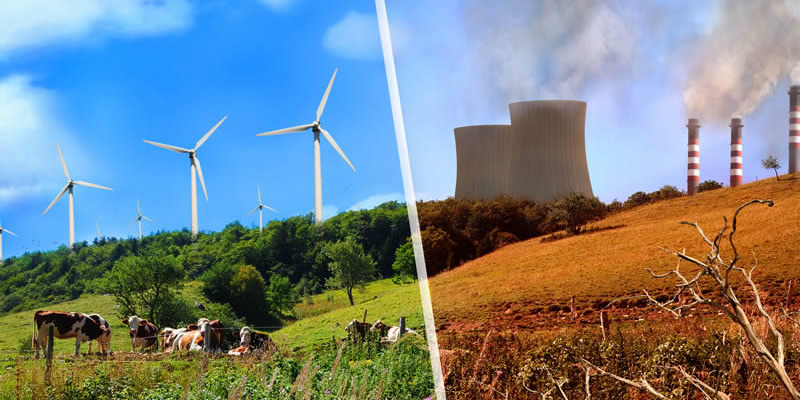Corrosion
__What you need to know: __
What corrosion is and how it happens
Why corrosion/rust is bad
How to prove that rust forms through the reaction of a metal, water and oxygen (using an experiment)
How to prevent corrosion
Corrosion happens when metals react with things around them and are gradually destroyed. For example, when iron comes into contact with water and oxygen, over time it rusts. Rust is just hydrated iron oxide.

Metals only rust at the surface (where they are exposed to oxygen and water. However, rust is soft and crumbles away, exposing the layer of iron underneath. For this reason, the while iron structure corrodes away.

Aluminium also corrodes. Fortunately, aluminium oxide does not flake away. Instead it sticks to the surface of the aluminium structure, protecting what’s underneath!
Rust experiment
- Get three test tubes and put an iron nail in each.
- In the first, pour some water in up to about half way. Place a bung on top.
- In the second tube, place water over the nail (covering the nail completely). Carefully pour oil over the water. This should keep any air away from the nail! Place a bung into the test tube
- In the third tube, put some rocks of calcium chloride into the tube with the nail. The calcium chloride will soak up any water vapour in the air. Place a bung on top.
- After a while, you should see that the nail that was exposed to both water and air had rusted, whereas the other two did not rust.

Preventing Corrosion
There are two main ways in which corrosion can be prevented:
__Creating a barrier __
For example: Painting a metal or surrounding it with plastic protects the metal from oxygen and water in the air.
Sacrificial method
This involves placing another more reactive metal with the metal you aim to protect. The water and air react with the more reactive metal rather than the metal you are protecting.
Renewable and Nonrenewable Resources
What you need to know:
What a natural resource is
What the difference is between renewable and nonrenewable resources
Natural resources
A natural resource is anything that comes naturally from the earth, sea or air.
Renewable and non-renewable resources
A renewable resource is something that can be put back into the earth, sea or air at the same rate (or at a faster rate) than we take it out.
A non-renewable (finite) resource is something that can not be put back into the earth, sea or air at the same rate than we take it out. These will get used up completely if we take too much.
Many modern materials are made out of non-renewable resources. These include things like: plastics and metals.
A way to reduce the amount of non-renewable resources we are using is by using less of them and recycling.


